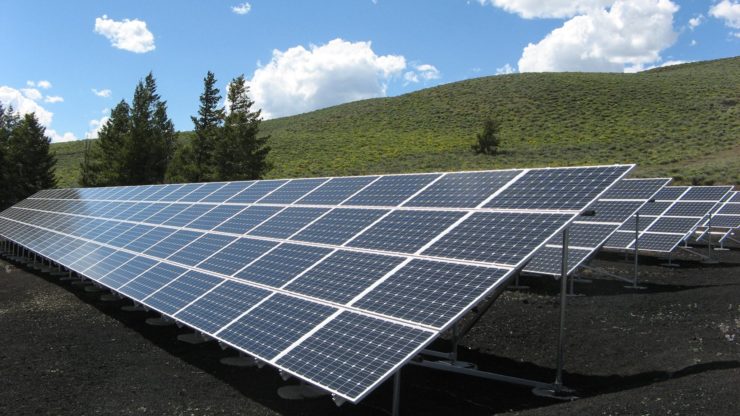
The solar energy industry is growing faster than any other source of energy in the world. A recent report published by Allied Market Research revealed that the industry is expected to reach $422 billion by 2022, a compound annual growth rate (CAGR) of 24.2% from 2016. And while the solar industry is growing at an impressive rate, it still accounts for only 1.7% of the total electricity generated worldwide. Electrical companies are now turning to drones to significantly help in the production of solar energy, becoming the primary source of electricity in the United States and in the world.
According to the International Energy Agency, there is a good chance that solar energy can be the largest source of electricity by the year 2050, especially if operation costs are reduced for solar farms. One of the biggest issues facing the production of solar energy is the maintenance of solar farms. Assessing site conditions, maintenance, and operation are critical in making sure that the solar systems run in optimum conditions.
Solar companies are now embracing drones after their successful implementation in other sectors such as construction and agriculture. Drones complete tasks faster, safer, and can provide other solutions to the industry. With the growing number of solar companies adopting drones, the energy industry is about to experience a major paradigm shift. Drone technology is a key driving factor in maintaining the huge growth of the solar industry and its expansion to a larger percentage in the global power generation.
Solar panels are notorious for overheating or going offline mainly due to dust and mechanical issues such as scratches or damage. Manually inspecting the panels and identifying a problem could take days, or even weeks depending on how large the solar farm is. Fortunately, drones help to diagnose any problem areas in minutes. The latest drone technology, such as thermal imaging and aerial mapping, enables the collection of a lot of data fast and effeciently. This data collection is essential in the maintenance and operation of solar farms. The drones provide real time and accurate data on which panels need cleaning or repair.
Aerial thermal imaging is particularly helpful in identifying solar panels that are dirty, damaged or malfunctioning. They provide heat maps and immediately detect drops in energy outputs which helps to pinpoint any issues extremely fast. Drones can also access hard to reach areas which reduce the complexity of inspection, increases the solar farm’s safety rates, and generally improve the efficiency of its maintenance.
|